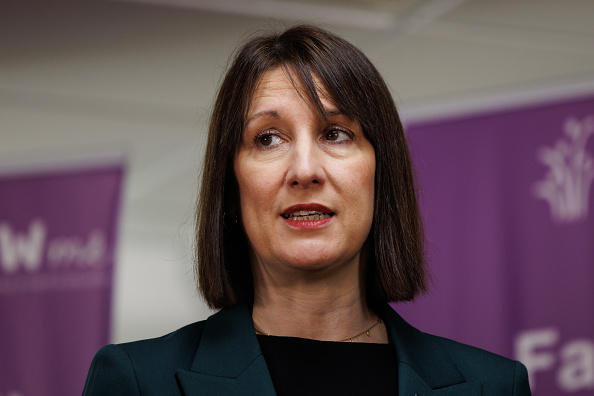The £20m Brexit Support Fund to support struggling businesses after Brexit has only given out £6.8m of its allocated funding.
Individuals and organisations are calling for the fund, now closed to new applications, to extend to a second round.
Cabinet Office Minister Michael Gove launched the Brexit Support Fund in February, encouraging businesses that trade with the EU to claim up to £2,000 each to help pay for training and professional advice. However, figures show that businesses who applied only received £1,555 rather than the £2,000 maximum.
Hilary Benn MP, co-chair of the cross-party UK Business and Trade Commission, said the support scheme was “more of an obstacle course, which discourages applications by making SMEs jump through too many hoops for a very small return”.
Businesses were only able to apply if their overseas trading was purely focused on the EU, including Northern Ireland, with their imports and exports not going anywhere else. Business groups did lobby to have the rules relaxed so that firms that were predominantly trading with the EU could apply.
>See also: Top five tips for SME exporters in a post-Brexit world
HMRC, who administered the scheme through PwC, said that 15,000 firms registered their interest in the scheme, with 5,414 applying for £8.5m in funding. Some applications are being processed by PwC.
But Best for Britain, which acts as the secretariat for the UK Trade and Business Commission, said there were 600,000 British businesses who would be eligible for the scheme.
The Federation of Small Businesses (FSB) is one such group calling for a second round that is open to more business. “Businesses that derived more than 90 per cent of their export-derived revenue from trade with the EU were locked out because they had exported occasionally to non-EU markets,” the organisation said. “These businesses are still overwhelmed by the volume of changes to EU trade and need support.”
Craig Beaumont, head of external affairs at the FSB, said small businesses struggled with the application process. “It was not a small business friendly, easy-to-use website — it was instead a repurposed customs intermediaries application which was confusing to navigate without knowledge,” he said.
Read more
How to avoid paying £130,000 in VAT registration fees if you export to EU
Comments are closed.






So what happened to the remaining £12m in the fund?